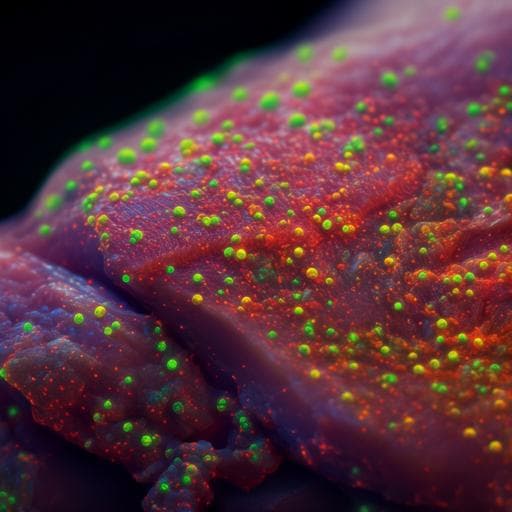
Veterinary Science
Isolation and molecular characterization of multidrug-resistant *Escherichia coli* from chicken meat
M. M. Rahman, A. Husna, et al.
This groundbreaking study conducted by a team of researchers from Sylhet Agricultural University and other institutions reveals a striking prevalence of multidrug-resistant *Escherichia coli* in raw chicken meat in Sylhet, Bangladesh. The findings underscore urgent concerns about antibiotic resistance in poultry and the need for responsible antimicrobial practices.
~3 min • Beginner • English
Related Publications
Explore these studies to deepen your understanding of the subject.







